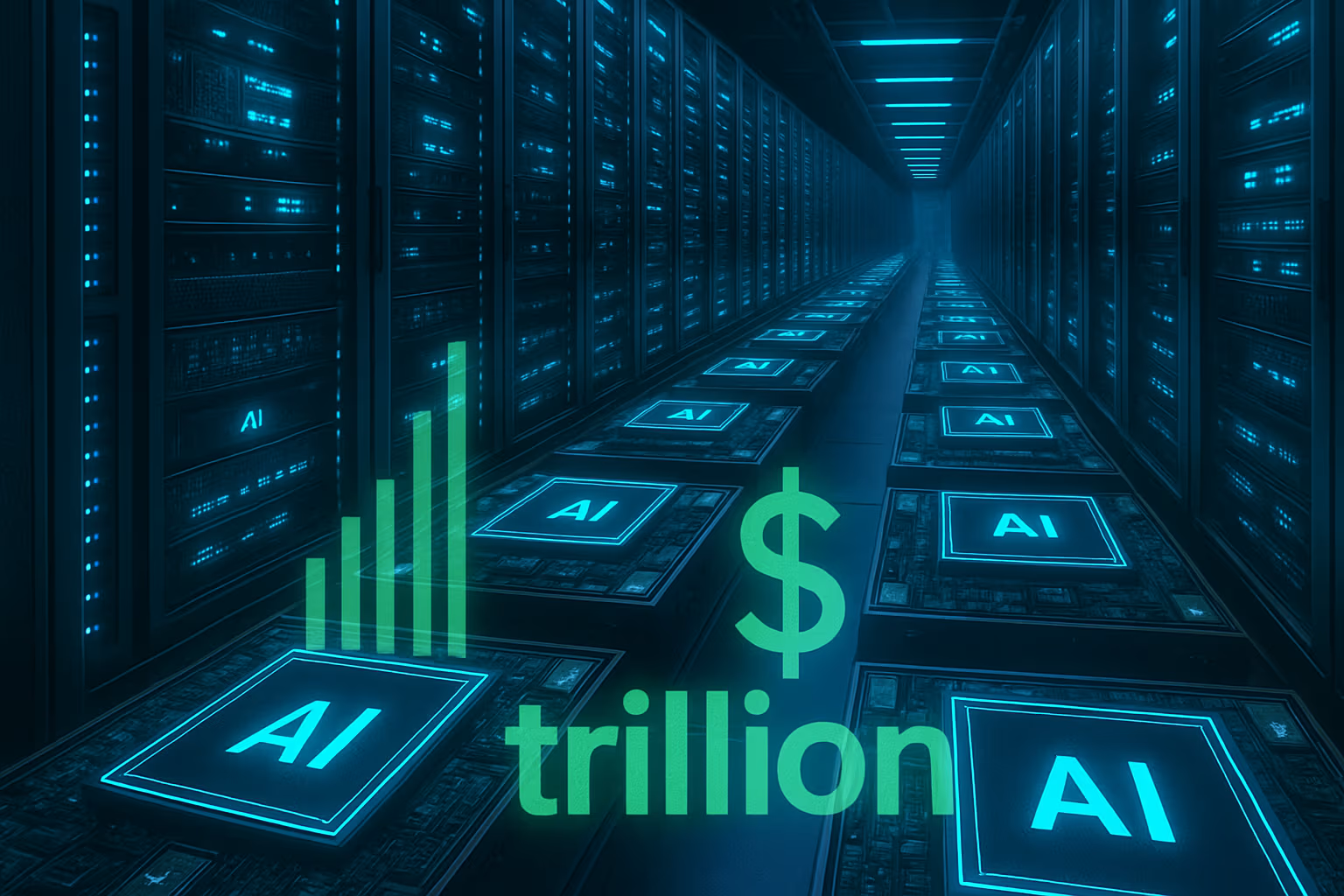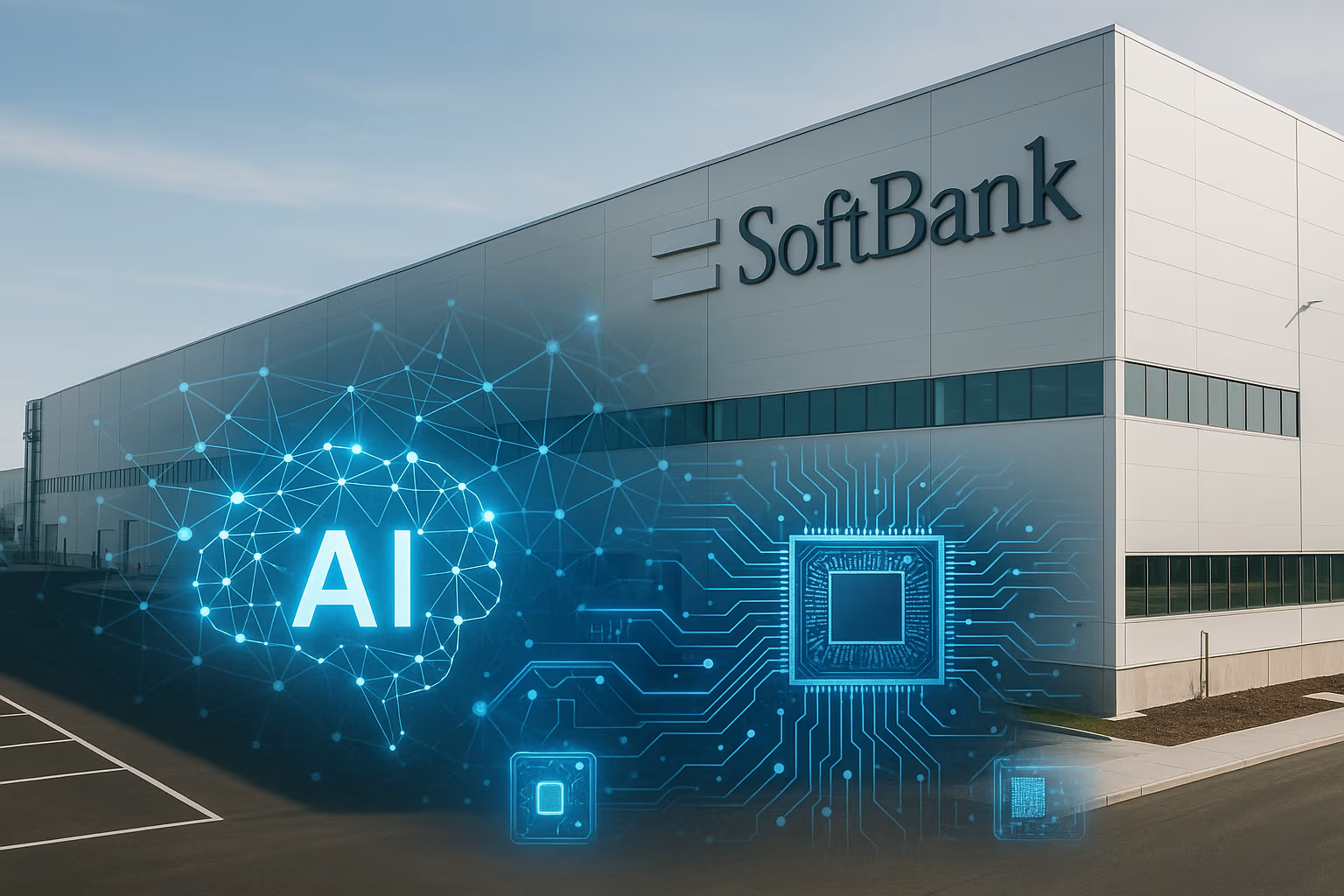OpenAI CEO Sam Altman has set the stage for one of the boldest technological roadmaps in history, declaring that the company is preparing to spend trillions of dollars on AI infrastructure. The statement highlights the sheer scale of investment needed to fuel the next generation of artificial intelligence and underscores OpenAI’s determination to remain at the forefront of this global transformation.
A Vision of Unprecedented Scale
Altman has emphasized that advanced AI models require a level of compute power and infrastructure that dwarfs anything seen before in technology. To support the evolution of systems beyond GPT-5 and into future generations, OpenAI is preparing for a massive buildout of data centers, chip manufacturing capacity, and global-scale energy resources. Such investment, he argues, will be as essential to AI as highways were to the industrial age or the internet backbone was to the digital revolution.
Why Trillions Are on the Table
The reason behind the staggering figures is simple: artificial intelligence is uniquely resource-intensive. Training and running frontier models demand immense processing capacity, vast amounts of storage, and stable energy grids. Altman has suggested that hundreds of millions of high-performance GPUs and next-generation accelerators will be needed to meet rising demand. Beyond the hardware, supporting this infrastructure will require entirely new financing models, innovative partnerships, and the creation of global hubs capable of sustaining uninterrupted AI operations.
Building Beyond the Cloud
OpenAI has already been pushing into large-scale infrastructure projects, including initiatives to build massive dedicated data centers and collaborate with technology and energy companies. But Altman’s vision goes far beyond incremental growth. The company is positioning itself not only as a software innovator but also as a builder of the foundational systems upon which the next wave of intelligence will run. In this sense, OpenAI is signaling its intention to evolve into a hybrid force: a research lab, a software provider, and an infrastructure titan all at once.
Financing the Future
Spending trillions requires new forms of capital. Altman has hinted at financial instruments that go beyond traditional venture models or debt financing. These could include compute-backed securities, long-term infrastructure bonds, or subscription-like services tied directly to processing capacity. The goal is to mobilize global markets behind the AI buildout, ensuring that OpenAI and its partners can secure the resources needed to keep pace with exponential demand.
Avoiding the Pitfalls of Past Bubbles
Altman acknowledges that AI is experiencing a boom reminiscent of the dot-com era. Enthusiasm is sky-high, and some investments may prove unsustainable. However, he insists that even if certain projects fail, the long-term outcome will be transformative. Just as the internet reshaped economies despite early crashes, AI infrastructure spending, though massive, will ultimately prove to be a cornerstone of progress.
What’s Driving the Urgency
The push toward trillion-dollar investment is not just ambition—it’s necessity. OpenAI’s user base has already reached hundreds of millions, and demand for AI services continues to grow at a pace unmatched by traditional technology rollouts. The company has faced constraints caused by GPU shortages and costly cloud dependencies, forcing it to make trade-offs in product delivery. By investing heavily in infrastructure, OpenAI aims to secure its independence, scale globally, and meet rising demand without compromise.
Strategic and Economic Implications
The economic impact of such spending would ripple far beyond OpenAI. Trillions in infrastructure investment would affect global supply chains, energy markets, and the balance of power in technology. Nations may compete to host data centers or chip facilities, while energy providers will see new opportunities to supply massive and stable grids. For investors, the message is clear: artificial intelligence is not just software—it is industrial-scale infrastructure with global stakes.
Sam Altman’s declaration of trillion-dollar infrastructure spending is both a rallying cry and a warning. The AI revolution is not cheap, and only those willing to commit at historic scale will shape its future. OpenAI’s ambition to lead this transformation signals the dawn of a new technological era—one where the foundations of intelligence are built not only with algorithms but with concrete, steel, silicon, and energy on a planetary scale.





